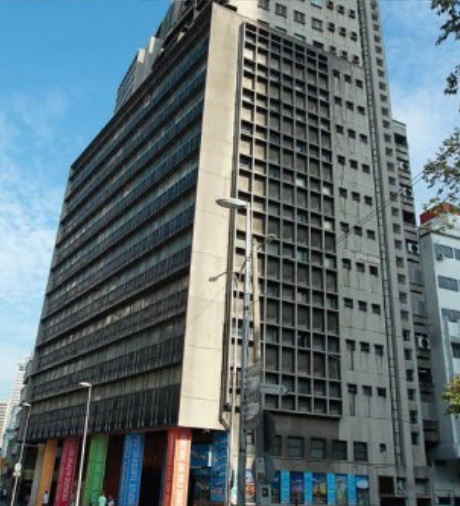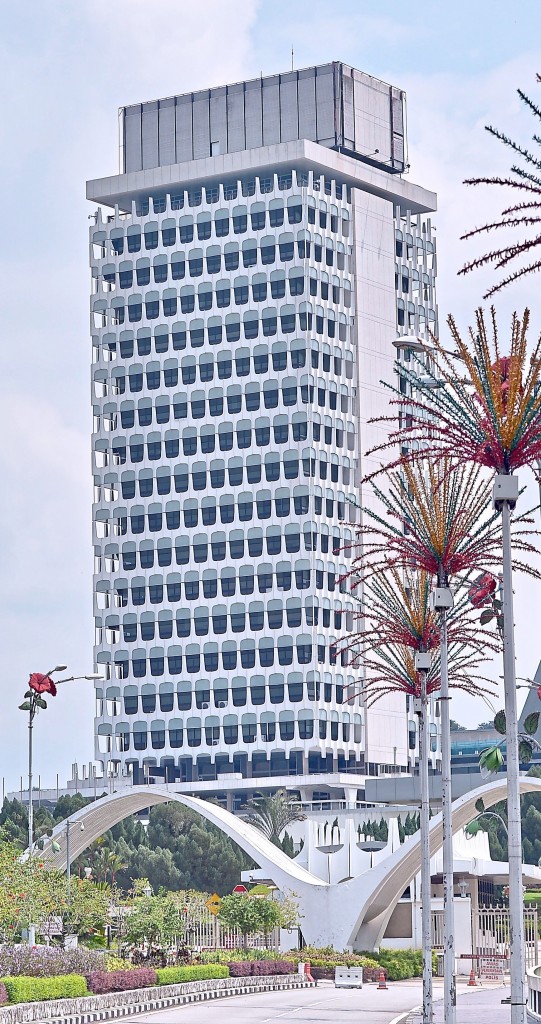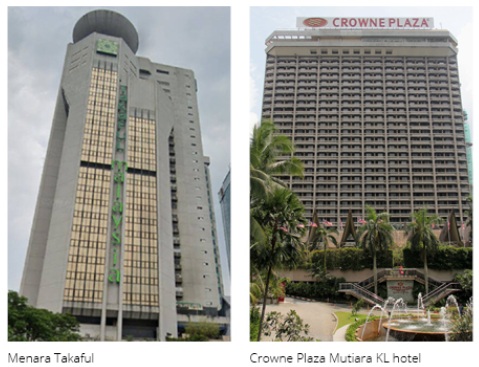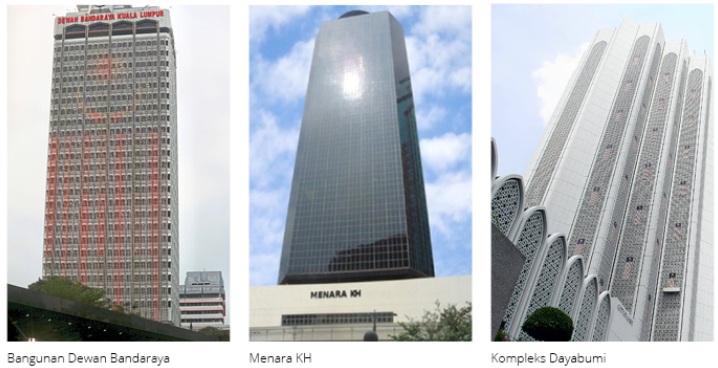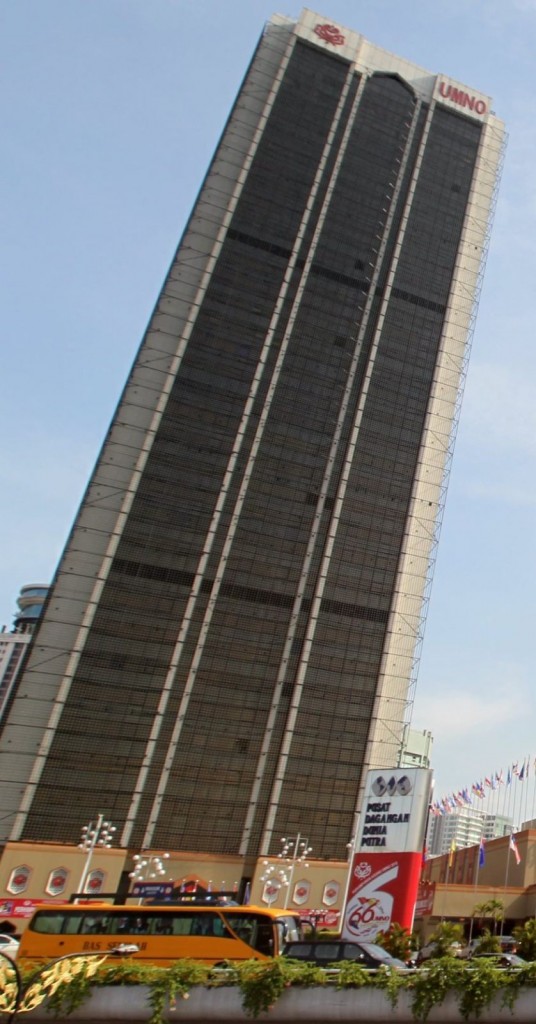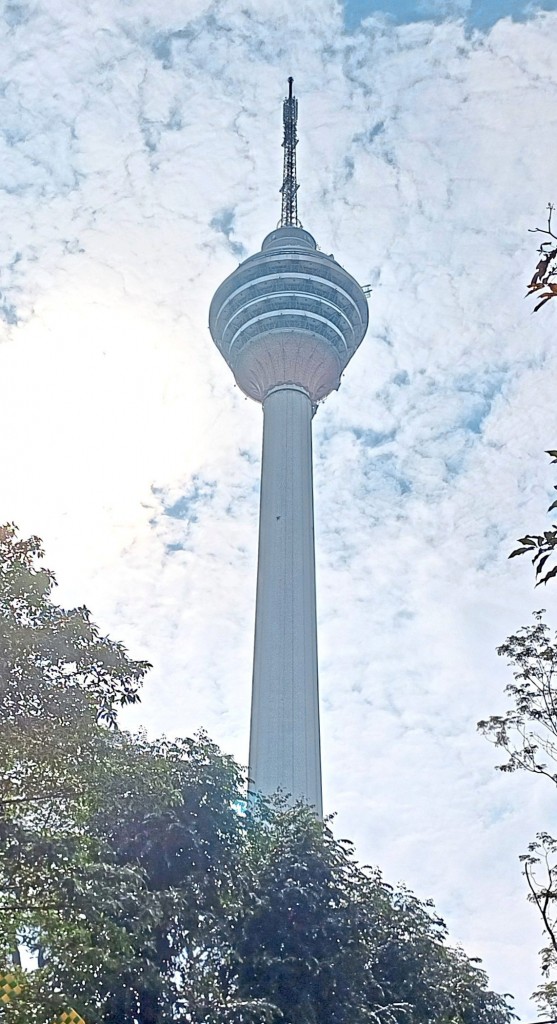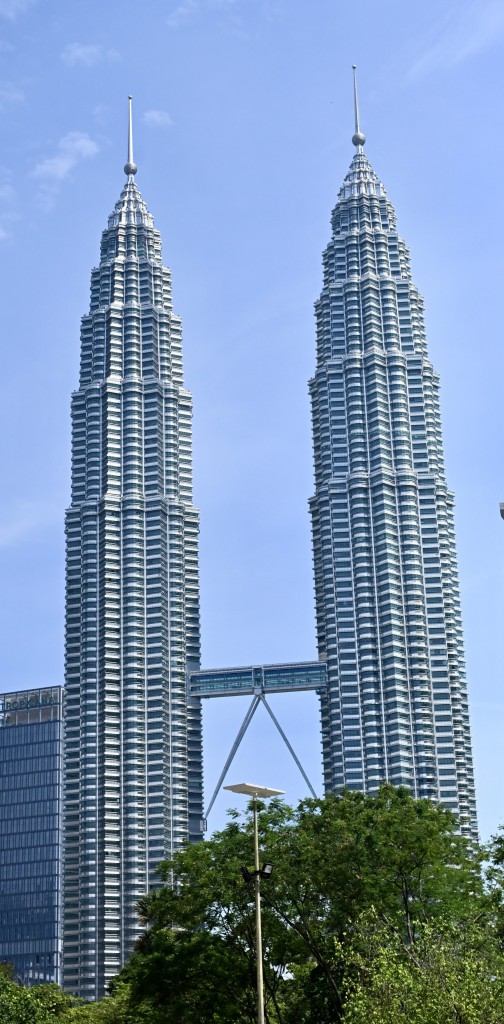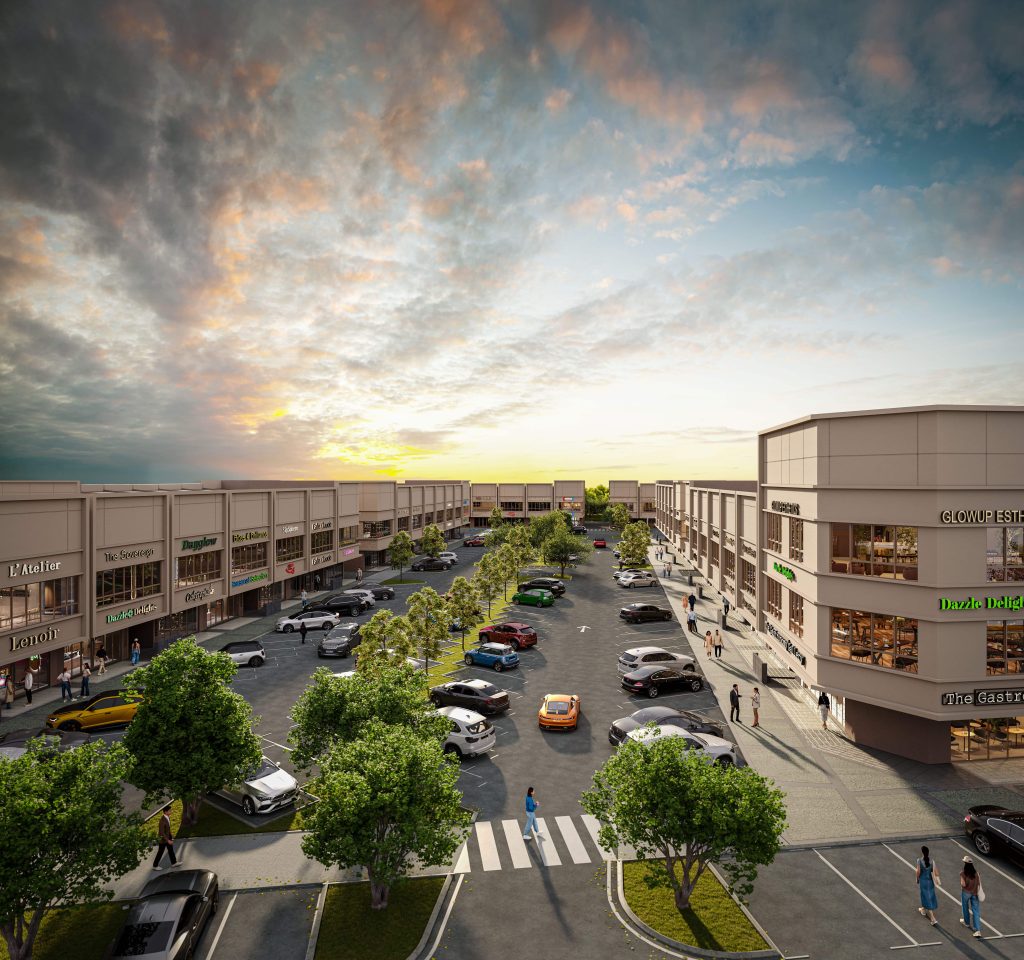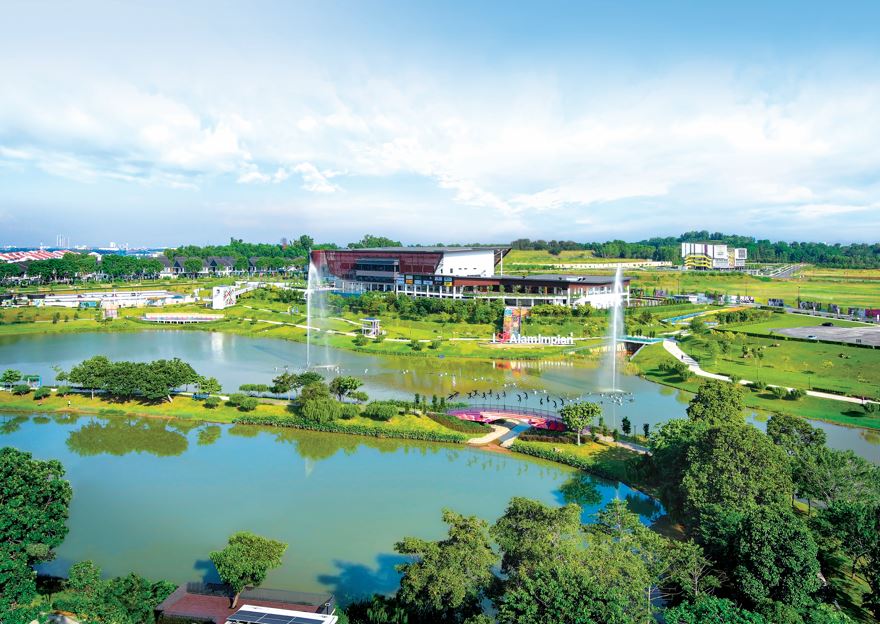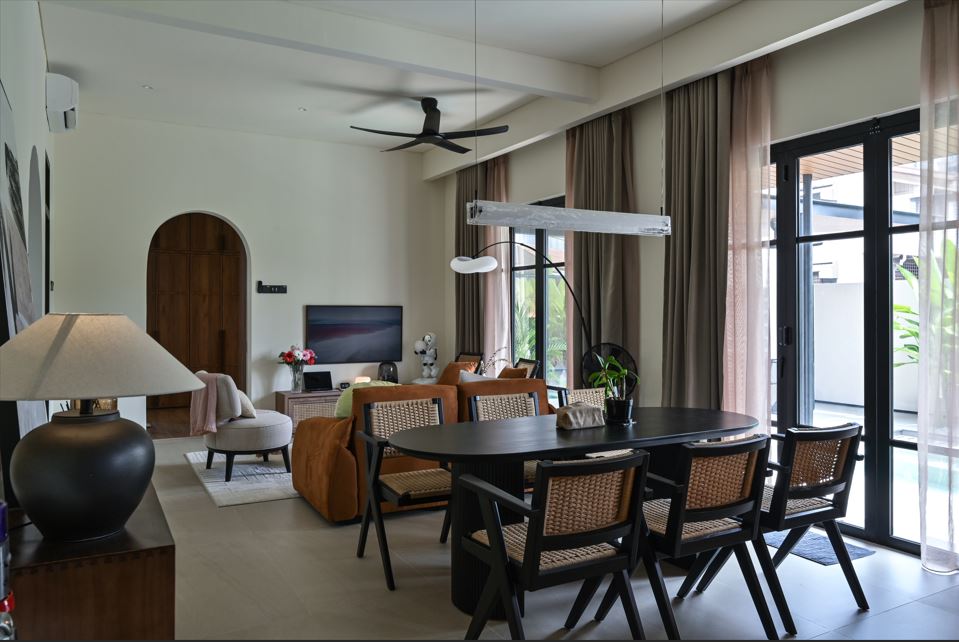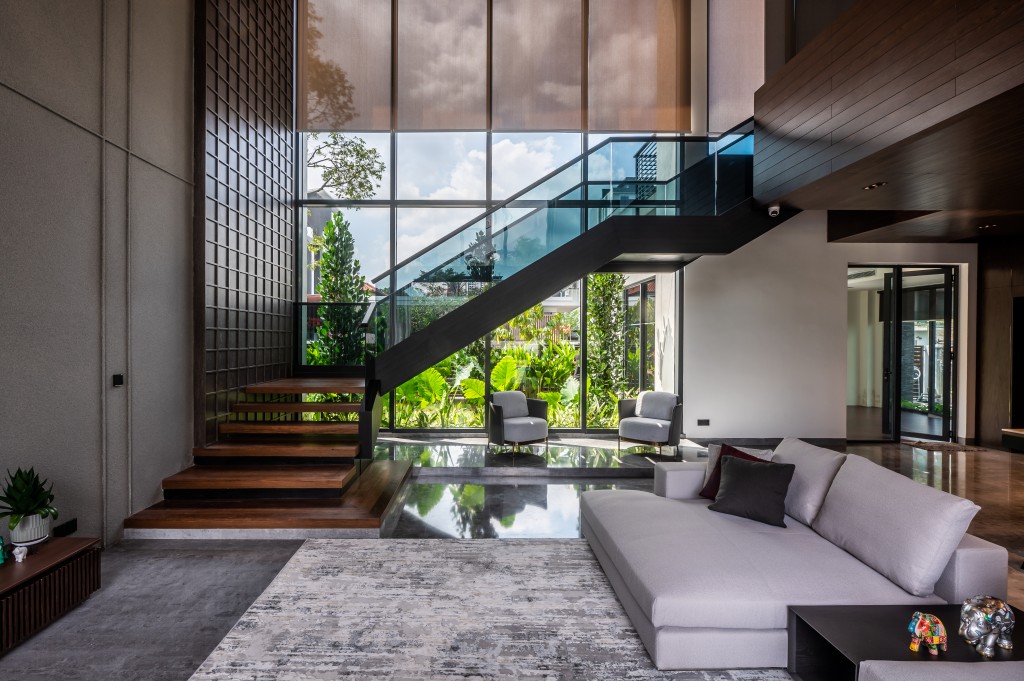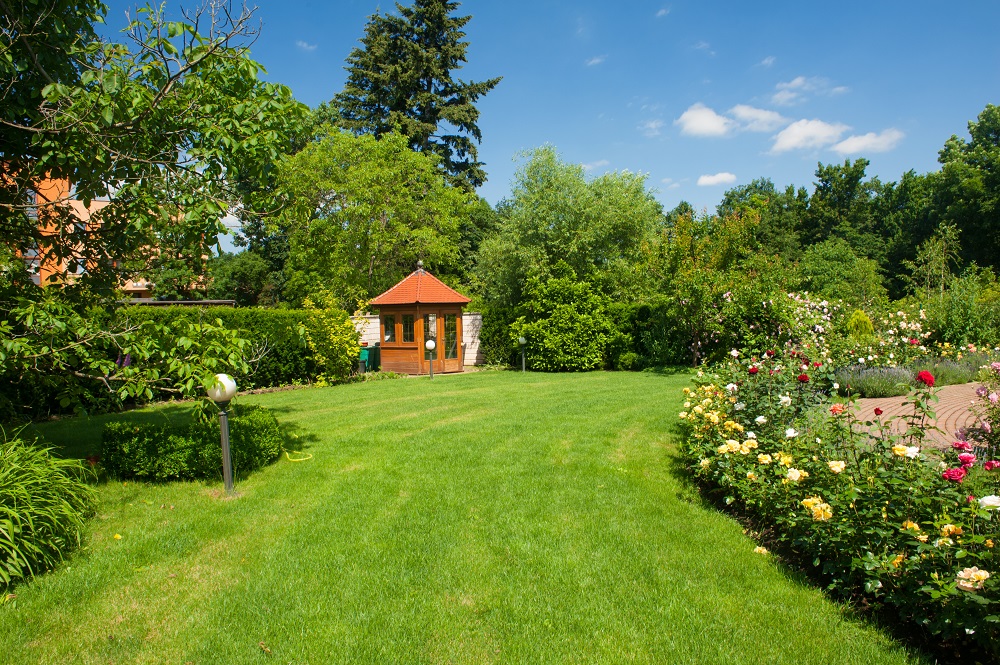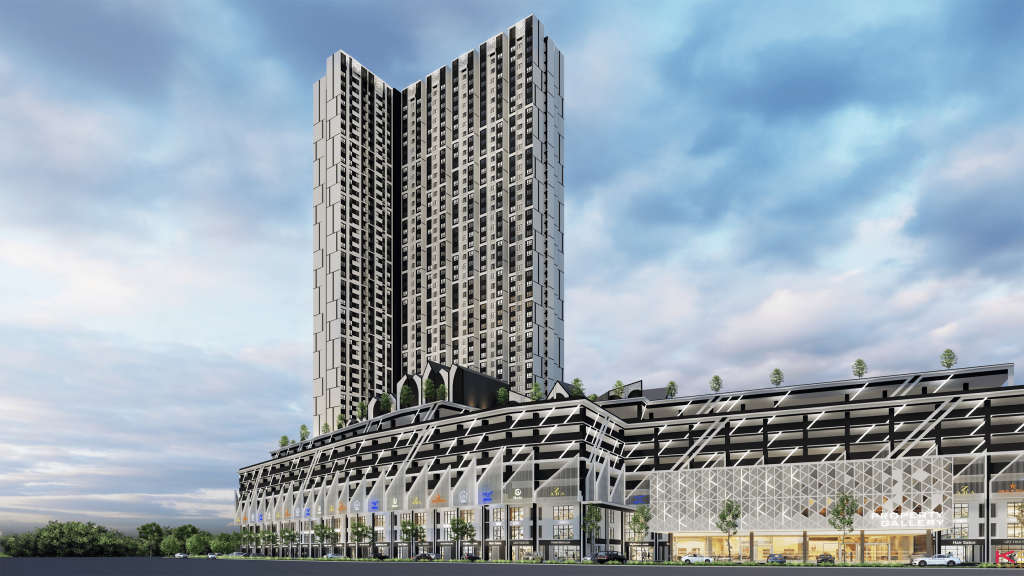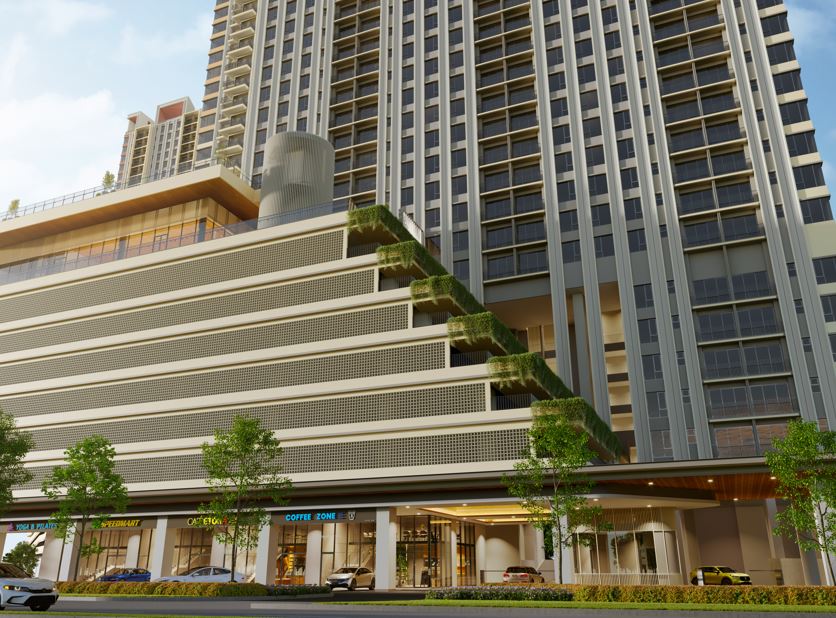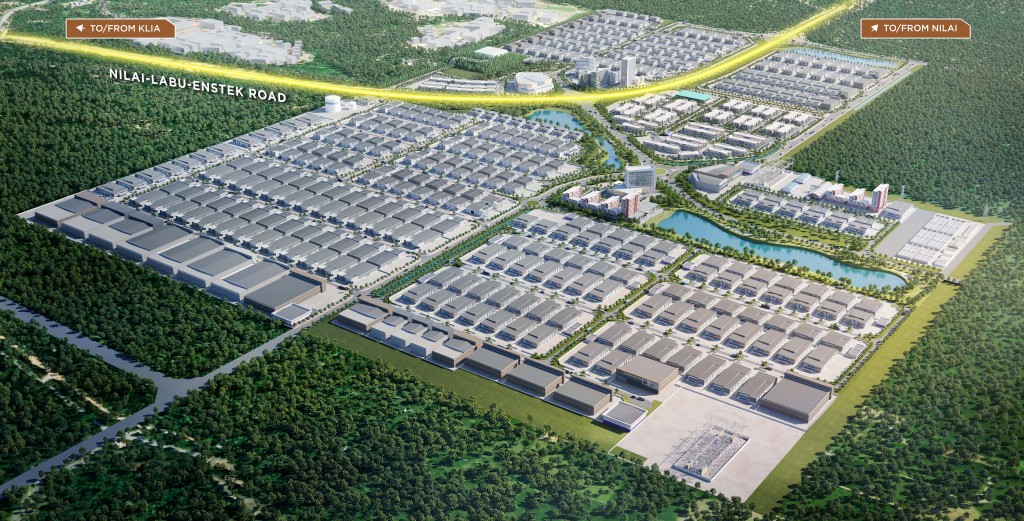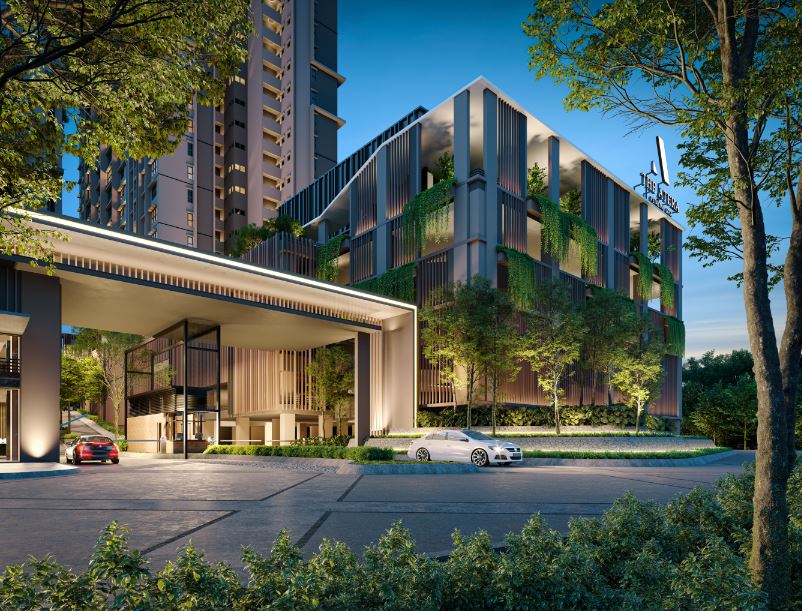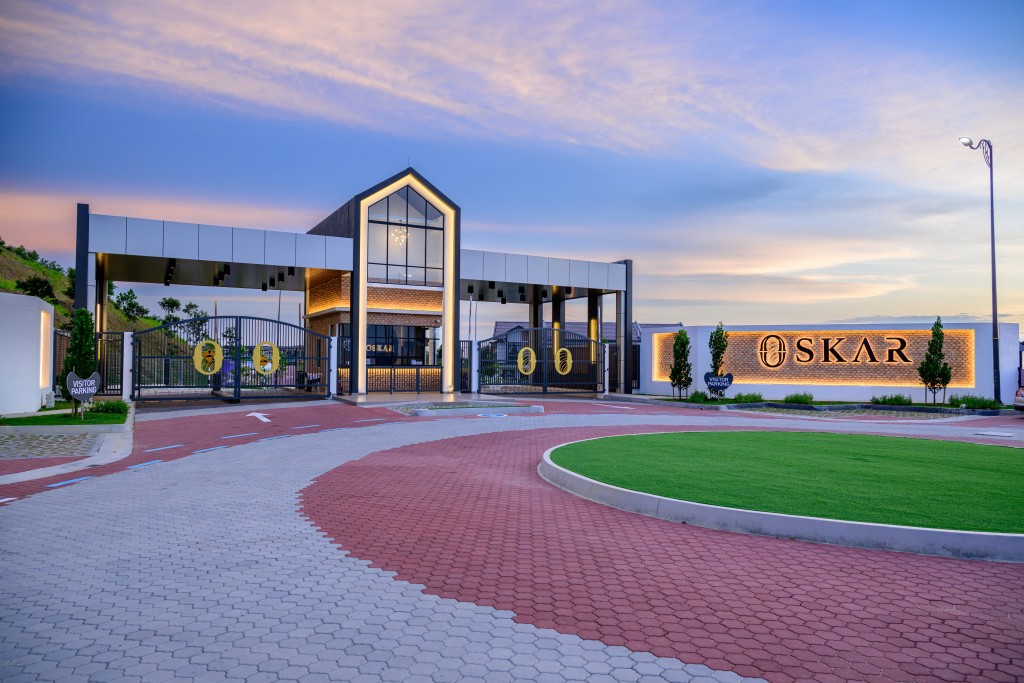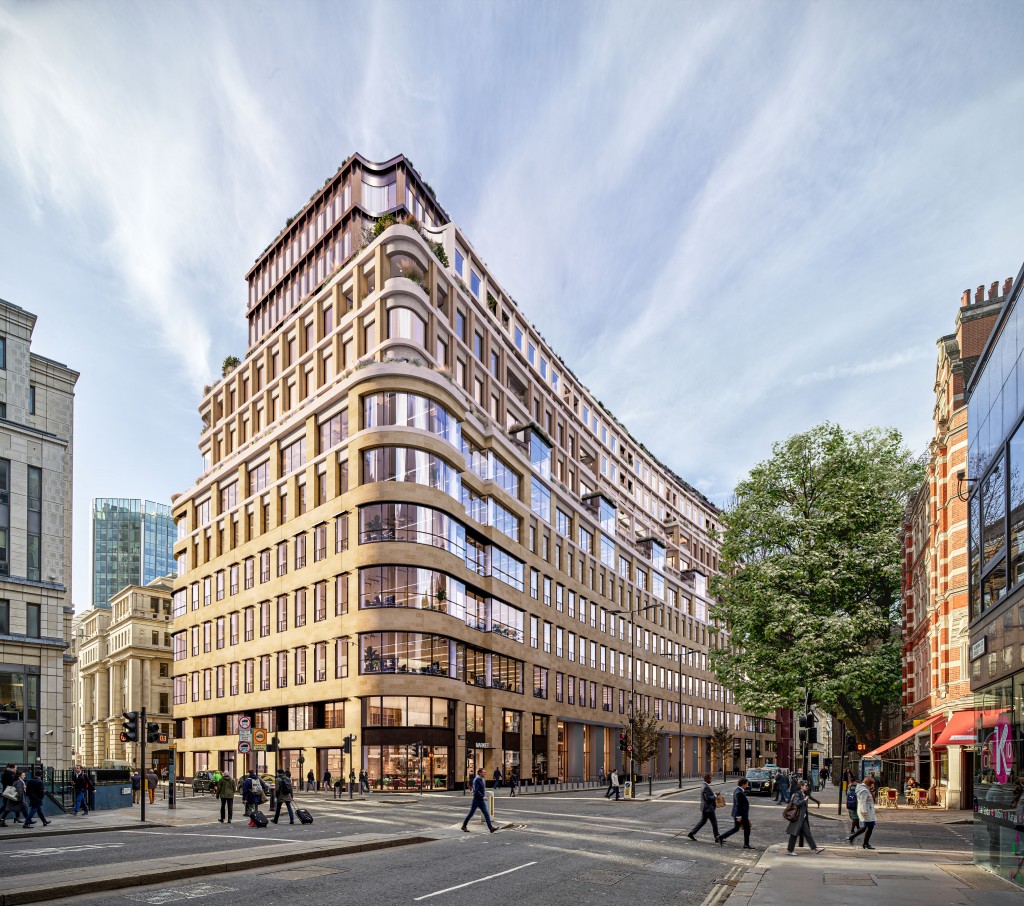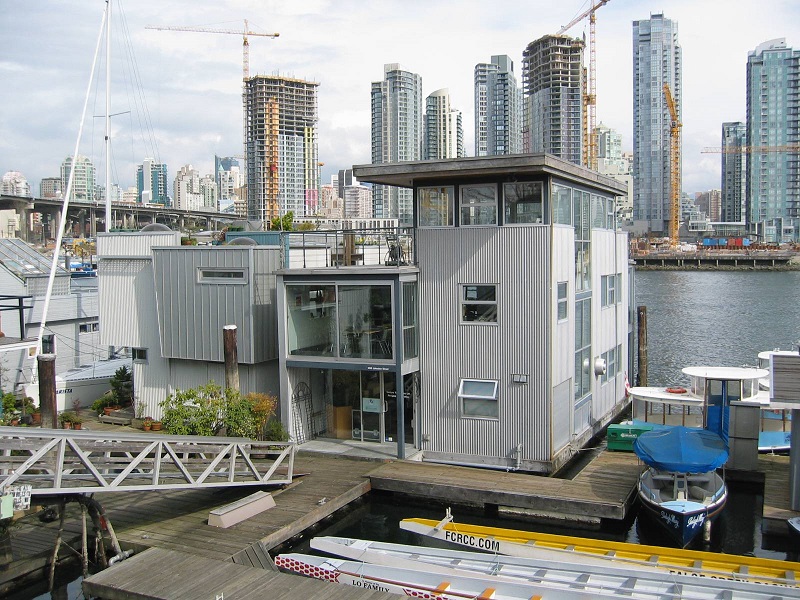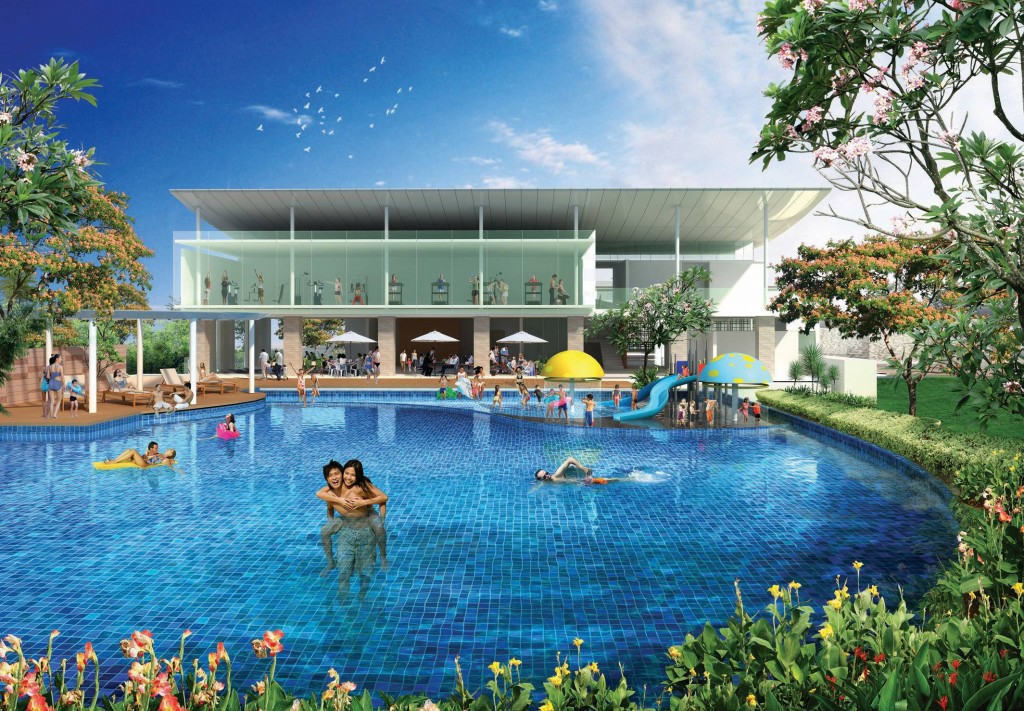Post Merdeka sees a spurt of skyscrapers
By Joseph Wong
Malaysia's journey since gaining independence in 1957 has been one of remarkable transformation, a story etched not just in its political and economic progress but also in its ever-reaching skyline. The architectural growth of the nation's capital, Kuala Lumpur, serves as a powerful physical manifestation of this ambition. The title of Malaysia's tallest building has changed hands numerous times, with each record-breaking structure marking a new chapter in the nation's development. This is a chronological chronicle of the commercial buildings that once held the prestigious title, from the modest spires of the pre-Merdeka era to the supertalls that define Malaysia's modern identity.
The story begins even before independence, with the Sultan Abdul Samad Building. Completed in 1897 and situated along Jalan Raja, this three-storey Moorish-style building was a marvel of its time. While it served as the offices for the colonial government, its most prominent feature was its 40m-tall clock tower, which stood as the tallest structure in the city until 1945. It was a pre-independence landmark that, despite its colonial origins, would later become an iconic backdrop for Malaysia's national celebrations.
Following the end of World War II, the skyline remained relatively unchanged until the post-Merdeka construction boom. The Lee Yan Lian Building at Jalan Tun Perak broke new ground as Kuala Lumpur's first true high-rise. Its 18 storeys dominated the cityscape for 14 years, a symbol of the growing commercial activity and aspirations of the newly independent Federation of Malaya. It wasn't until 1959 that this title was claimed by an even more significant structure: The Malaysian Houses of Parliament. This was the first high-rise building to be constructed after independence, with a 20-storey tower serving as the legislative heart of the young nation. Its unique design and prominent location in the Lake Gardens symbolised a new era of democracy and national identity.
The pace of growth quickened significantly in the 1970s, as Malaysia’s economy began to take off. In 1971, Menara Takaful (formerly known as Bangunan UMBC) at Jalan Sultan Sulaiman set a new benchmark, its 28 storeys making it the first high-rise building to exceed the 100m mark. This was a crucial milestone, signalling a new era of modern urban development. However, its reign was short-lived, lasting only two years before it was surpassed by the Crowne Plaza Mutiara KL. Standing at 36 storeys and located on Jalan Sultan Ismail, this building was originally the KL Hilton and held the distinction of being the first five-star hotel in Kuala Lumpur after independence, a testament to Malaysia's growing international standing.
This period of rapid succession in the title of tallest building continued in the years that followed. After a five-year reign, Crowne Plaza Mutiara KL ceded the title to Menara Bumiputra. Initially known as Menara Bank Muamalat, this 150.5m structure was recognised as the nation's first true skyscraper. This marked a shift from simple high-rises to more ambitious architectural feats. The record-breaking momentum continued into the 1980s, which saw a flurry of new, taller buildings. Bangunan Dewan Bandaraya (Menara DBKL) edged past Menara Bumiputra at 150.9m in 1980. This was soon followed by Menara KH in 1983 (152m) and the distinctive Kompleks Dayabumi in 1984 (157m), with its stunning Islamic-inspired motifs. All four of these skyscrapers, despite their impressive heights, remained under Crowne Plaza Mutiara KL’s 36-storey count. However, they outlived the hotel itself, which was eventually demolished in 2013 to make way for a modern development.
The mid-1980s brought another set of record-breakers. In 1985, Menara Dato' Onn became the nation’s tallest building and the first to hit 40 storeys, reaching a height of 175m. However, its title was short-lived. Just a year later, the city’s skyline was redefined by Menara Maybank. With a height of 244m and 55 storeys, it became the first skyscraper in Kuala Lumpur to exceed the 200m mark. Its commanding presence cemented its status as a symbol of Malaysia's economic prowess and its ambition to compete on a regional and global scale.
It was not until the 1990s that Malaysia broke through yet another significant barrier. The Menara Kuala Lumpur, a telecommunications tower that stands at a full height of 421m, opened to the public on July 23, 1996. While its usable floor space did not extend to its full height, its observation deck and revolving restaurant provided visitors with a breathtaking, panoramic view of the rapidly expanding city. It became not only a vital piece of communication infrastructure but also a major tourist attraction, symbolising Malaysia’s modern and technological aspirations.
Then came the structure that would place Malaysia firmly on the global map: The Petronas Twin Towers. Completed in 1997 and officially opened in 1998, the towers not only became the nation’s tallest but also the tallest building in the world, wresting the title from the Sears Tower in the United States. Standing at a height of 451.9m, its unique design, inspired by Islamic motifs and its iconic skybridge captured the world's imagination. While it has since been surpassed in the global rankings, it continues to hold the prestigious title of the world’s tallest twin towers and remains an enduring national icon.
Today, the title of Kuala Lumpur and Malaysia's tallest building is held by Merdeka 118. Completed in 2023 after delays caused by the Covid-19 pandemic, this architectural masterpiece stands at an incredible 678.9m. It is not only the tallest tower in Southeast Asia but also the second tallest in the world after Dubai’s Burj Khalifa, which stands at 829.8m. Merdeka 118’s location, right next to Stadium Merdeka, where the Federation of Malaya first gained independence, creates a powerful, full-circle narrative. Its name, Merdeka, meaning independence, and its position next to the historic stadium, are a poignant tribute to the nation's origins and a powerful statement about its future. Merdeka 118 is the first and only building in Malaysia to exceed the 600m mark, a testament to the nation's continued ambition to reach for the sky. As Malaysia looks to its future, the growth of its skyline will undoubtedly continue to mirror the nation's journey of progress and achievement.
Stay ahead of the crowd and enjoy fresh insights on real estate, property development and lifestyle trends when you subscribe to our newsletter and follow us on social media.


